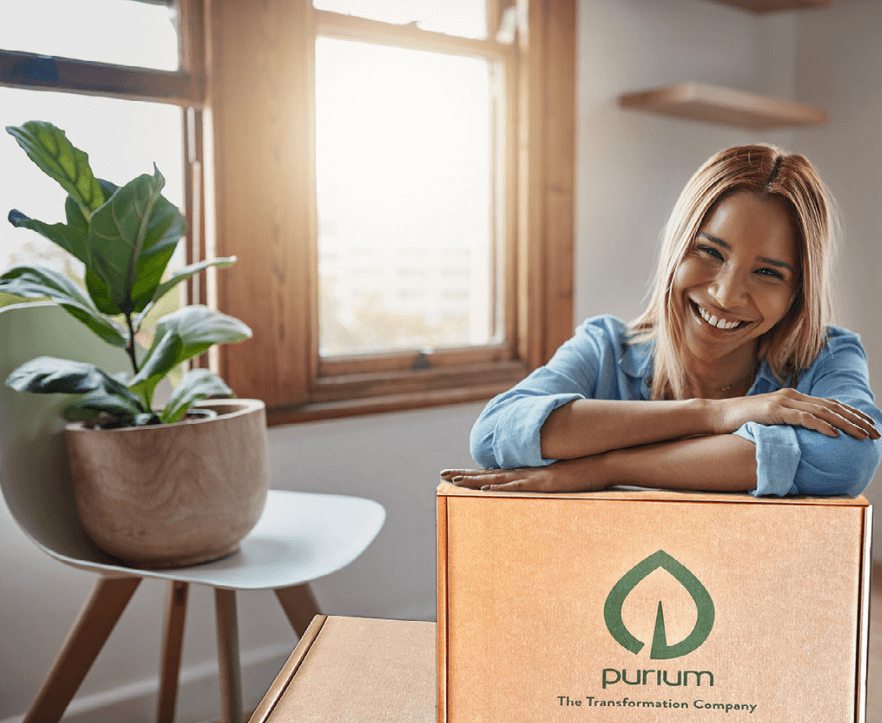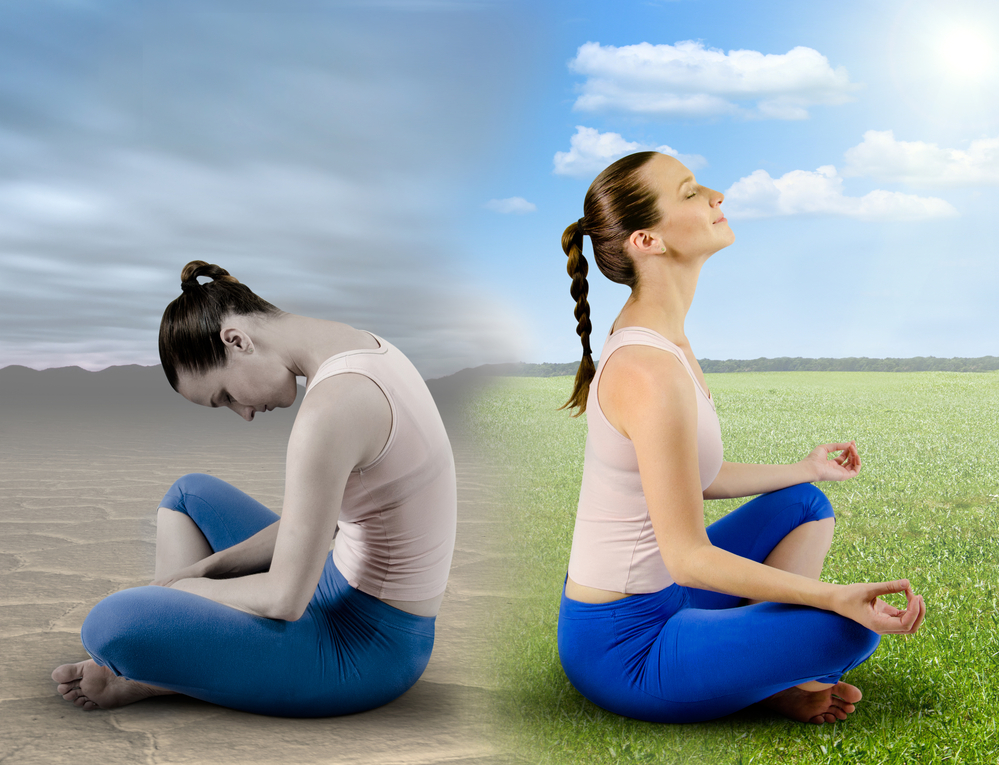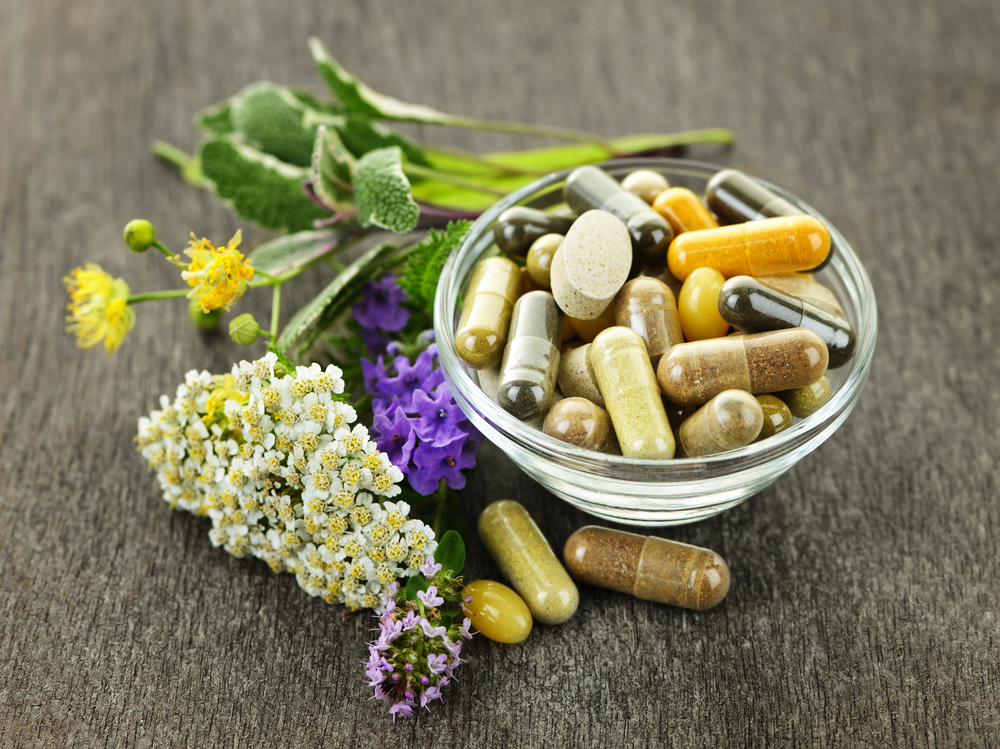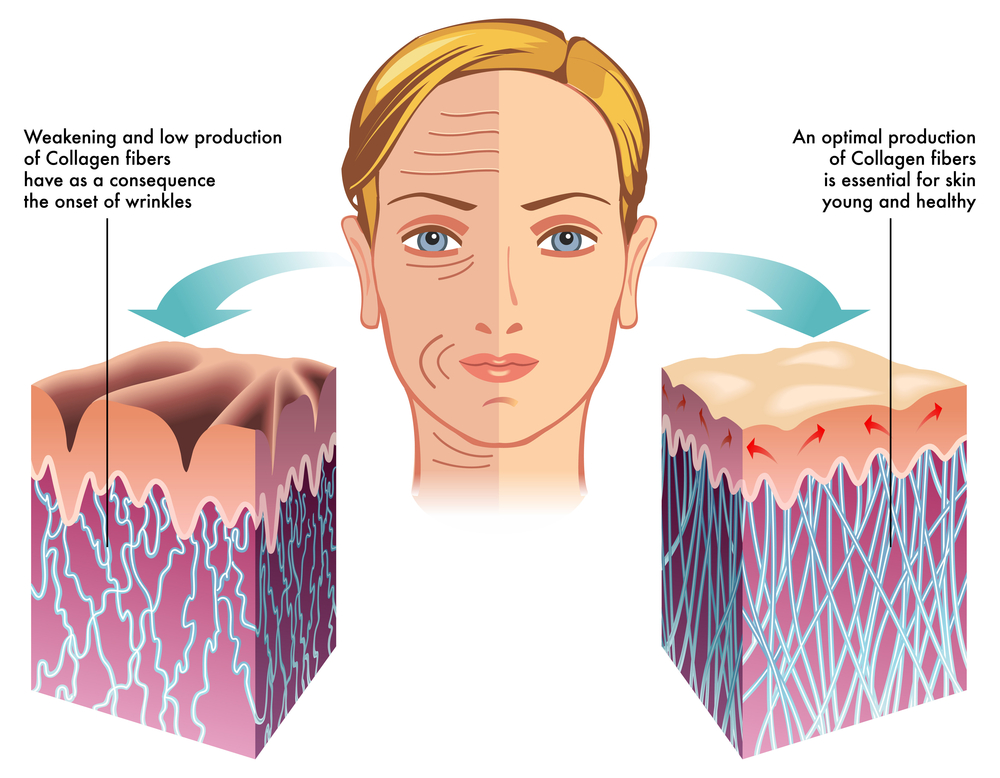The process, which involves placing tiny pressed seeds along the cartilage of the outer ear, is said to alleviate a long list of ailments, from headaches and anxiety, to inflammation and digestive problems. Lately, TikTokers have been raving about the supposed health benefits of a healing practice that dates back thousands of years: ear seeding.
Auricular acupressure is a noninvasive technique that stimulates pressure points on the ear, similar to auricular acupuncture. It has a similar map of points, but does not use needles.
The process of ear seeding involves placing small metallic beads, actual seeds, ceramic beads, or magnetic beads in strategic locations on the surface of the ear using a small piece of adhesive material.
Acupressure is often confused with acupuncture. Acupressure is a special type of acupuncture.
Acupressure and acupuncture are not the same, but are closely related. Both have their roots in ancient traditional Chinese medicine.
Acupressure is based on the same principles as acupuncture, but instead of using needles, pressure is applied to the points on the body using the hands. It is believed to work by stimulating the flow of energy or life force known as Qi (pronounced “chee”) in Chinese Medicine.
This article will tell you what acupressure technique is.
Ear Seeding
Auriculotherapy, or ear seeding, is a traditional Chinese therapy that falls under the category of complementary and alternative medicine. It is based on the belief that the entire body and its systems can be reflected in the map of the ear, which has various pressure points that correspond to various organs and systems.
Ear seeding is a practice that dates back to 221 BC, according to an article published in Medical Acupuncture in June 2019. The earliest references to ear seeding were discovered in Chinese texts.
The technique of ear seeding uses small stickers that are placed on specific points on the ear. The stickers are usually made of latex and are about half a centimeter in diameter.
The seeds are usually from the Vaccaria plant, also known as cow herb, cow basil, or soapwort. They can also be metal or ceramic beads. The seeds are placed in the outer ear.
Ear seeding is a treatment that does not use needles, unlike acupuncture. According to the Cleveland Clinic, when the ear seeds on these auricular acupoints are massaged, they may help address physiological and psychological symptoms like inflammation, pain, stress, and fatigue.
Ear seeds are an alternative to traditional acupuncture that don’t involve piercing the skin. Jill Blakeway, a doctor of acupuncture and Chinese medicine, says that ear seeds can be potentially effective for many chronic conditions. Blakeway claims that ear seeding, a form of acupressure that applies pressure to specific points on the ear, can impact the whole body.
How Ear Seeding Works
Traditional Chinese medicine sees the body as self-regulating. Ear seeds, which are a milder form of acupuncture, encourage the body to heal itself.
The exact mechanisms by which ear seeds ease health issues such as insomnia or anxiety is a more complex and under-researched question, according to Grant Chu, MD, an assistant clinical professor at the David Geffen School of Medicine at the Center for East-West Medicine at University of California in Los Angeles.
According to Dr. Chu, the stimulation of certain points is believed to encourage the release of endorphins. Endorphins work to prevent pain signals from being sent. The actual process of how this occurs in the body is not currently understood.
Auriculotherapy, which refers to the various ways that the pressure points in the ear can be stimulated, has been shown in some research to effectively reduce pain by manipulating the neural pathways. Through acupuncture, electroacupuncture, acupressure, lasering, cauterization, or moxibustion, certain parts of the ear can be targeted to provide pain relief.
Possible Benefits of Auriculotherapy in General
Dr. Chu believes that more research needs to be done in order to confirm the benefits of ear seeding, but he thinks that it may help people who suffer from anxiety, chronic and acute pain, insomnia, smoking cessation, difficulty losing weight, and high cholesterol.
There hasn’t been as much research conducted on ear seeding as there has on auricular acupuncture, but since ear seeding applies pressure to similar points, there may be some similarities in their effects. More research is needed to determine this.
This age-old practice may have potential health benefits that are being looked into more closely now because of two recent meta-analyses.
A review published in September 2020 in Pain Management Nursing looked at 46 studies that had been done on the effects of auricular acupressure for managing acute and chronic pain. The study found that ear seeding was an effective treatment for most of the acute pain conditions in the studies, including low back pain and abdominal discomfort.
The study found that people with acute pain required less time for ear-seeding therapy to experience relief, compared to those with chronic pain.
A different review that came out in June 2019 in the Medicine journal looked at seven studies involving obese or overweight individuals. The results of the study showed that auricular acupressure, either on its own or combined with diet and exercise, helped people lose weight, reduce their waist circumference, and lower their body fat percentage.
More research is needed in order to verify the findings.
Ailments Acupressure Can Treat
Acupressure is effective in treating a wide range of ailments and general complaints because it causes the release of self-healing chemicals and optimizes the operation of the body’s systems.
Two issues that have been repeatedly shown to respond well to acupressure are nausea and pain in a number of situations:
- Nausea caused by chemotherapy
- Nausea caused by pregnancy
- Post-surgery nausea
- Motion sickness
- Headaches
- Muscle pain
- Muscle tension
- Menstrual pain
- Neck Pain
- Back Pain
Acupressure is also reported by a number of individuals suffering from chronic conditions to be a useful addition to their other treatments. These conditions include:
- Chronic Fatigue
- Chronic Pain
- Fibromyalgia
- Cardiovascular Issues
Proven to provide high levels of relaxation and a calming effect, and with an apparent positive effect on the cardiovascular system, acupuncture is also used to address mood disorders and other mental and emotional concerns including:
- Stress Management
- Depression
- Seasonal Affective Disorder (SAD)
- Anxiety
- PMS Mood Swings
- Mood Swings due to Addiction Recovery
While acupuncture and acupressure have been used for thousands of years to treat a variety of issues, not all of these applications have been researched, so the efficacy of treatment in these cases is unknown.
Acupressure may have several benefits beyond its traditional use as a healing therapy. These benefits include using acupressure to improve muscle tone and circulation for cosmetic purposes, as well as increasing general arousal as a long-term aphrodisiac. Acupressure may also be effective in treating sexual dysfunction and infertility.
Acupressure Points
A Shockingly High Number – You may be surprised to find out that there are hundreds of acupoints throughout the human body. More than 400 have been described!
There are points on our bodies that tend to be at indentations or depressions. These points are better suited for acupressure than acupuncture.
To perform acupuncture correctly, practitioners need to place the needles very precisely. For acupressure and similar techniques such as ear acupressure, the placement is not as specific.
Most practitioners focus on a few points that are associated with the 14 ‘major meridians’. These points address the twelve major organs.
One, called ‘The Governing Vessel,’ goes up along the spine. The last one, ‘The Conception Vessel,’ goes along the abdomen.
There can be a large number of acupoints along each meridian, but acupuncturists and acupressurists typically focus on only a few that are known to have positive effects on various conditions.
Here are just a few of those identified by their numerical code and the meridian they affect:
PC-6 (Pericardium Meridian)
This is one of the most famous and respected acupoints. It is located on the inner forearm and is part of the pericardium, which is the sac that protects the heart.
If you measure three finger-widths up the forearm from where the hand meets the wrist and find the point in between the two prominent tendons, this is the PC-6 point. It can be used for the relief of nausea, motion sickness, headaches, and carpal tunnel syndrome.
LV-3 or LR-3 (Liver Meridian)
Another well known and often used acupoint is associated with the liver. It is located on the top of the foot. To find it, begin at the webbing between your big toe and the toe adjacent to it. Then, move up toward your ankle about 1.5 inches.
To find the LV-3 acupoint, slide your finger or instrument up half an inch from the indentation.
It is believed that the LV-3 point is the number one stress-relieving acupoint, and you can achieve the best results if you manipulate it on both feet simultaneously.
LI-4 (Large Intestine Meridian)
The large intestine meridian is located in the webbing between the thumb and forefinger. The LI-4 is one of the top three acupoints in the body according to many practitioners. It is located in the webbing between the thumb and forefinger, an area that is easy to find.
To find the thenar eminence, place your hand flat on a surface with your palm down and then press your thumb upward into the rest of your hand. A fleshy mound will rise next to the crevice between your thumb and the edge of your hand.
To find the LI-4 acupoint, hold your hand so that your thumb is touching the base of your index finger. Apply pressure using your other thumb. This point is said to aid in headache relief, healthy bowel function and muscle relaxation.
SP-6 (Spleen Meridian)
This acupoint is considered important because it is where the three meridians in the leg meet. It is located on the inner leg. When attempting to locate it, begin at the center of your anklebone. Four finger widths above this bone, there will be a small indentation.
Start by placing your finger or instrument four finger-widths above the ankle on the leg move your finger towards the back of the leg, and the point will be just off the tibia bone.
LI-11 (Large Intestine Meridian)
The location of this acupoint is easy to find as it is right at the crook of the elbow.
Hold your arm out at a 90 degree angle from your body as if it were in a sling.
To find the acupoint, turn your palm upwards and then apply pressure at the outside of the elbow crease with your other hand. This acupoint is said to relieve arm, elbow and shoulder pain, as well as promote the healthy operation of the digestive tract.
LU-1 (Lung Meridian)
This acupoint is believed to be especially effective in treating problems with the lungs.
The thyroid gland is located just below the collarbones, approximately three finger-widths away from the meeting place of the arm and the shoulder.
The drug is used to treat coughing, wheezing, asthma, and other lung-related issues, as well as problems with ingestion and pain in regions such as the chest, shoulder, and back.
GB-20 (Gall Bladder Meridian)
This acupressure point is located at the bony base of the skull behind the ears, around the hairline. It is commonly used to treat head or sinus pain.
To find the pressure point, slide your fingers inwards from the edge of your jaw. Midway between your ear and your spine, you should feel where two muscles join at the base of your skull. Applying pressure to this point can relieve pain from conditions such as migraines, sinus infections and colds, as well as general stiffness in the neck.
ST-40 (Stomach Meridian)
Sinus congestion and fluid buildups can cause anything from discomfort to pain. For many people, these conditions are chronic and resistant to treatment.
To find the acupoint, grip your leg around the midpoint of the shin with your thumb at the back. Place your thumb on the outside of the leg, next to the tibia bone, and apply pressure.
Risks of At-Home Application of Ear Seeds
Ear seeds are unlikely to cause any side effects or issues for most people. Theoretically, you may cause an abrasion or laceration if pressed too hard and too long. You may have some slight skin irritation.
Auricular therapy was generally safe, with acupressure being much less risky than forms of auricular therapy that use needles.
Ear seeds are low risk because they are noninvasive. The skin is not broken.
Do not over massage too often or too harshly.
Risk Factors of Ear Seeding with a Licensed Professional
Many experts agree that ear seeds are much safer when applied by a professional rather than at home, and may even provide more benefits.
Christina Burns, an acupuncturist in private practice in New York City, says that a professional can provide more efficient relief. She suggests finding a specialist who can help to identify which pressure points will work best, based on listening to your story and assessing where to focus.
The Wonders of Ear Acupressure
Many people find auriculotherapy, or ‘ear acupressure,’ to be a particularly effective form of acupressure for relieving everyday pain, chronic issues, or simply maintaining good health.
There is a method called ‘ear reflexology’ that some people use. It is based on the idea that there are hundreds of points in the ear that are connected to different parts of the body. By stimulating these points, it is possible to improve the health of the entire body.
There is a new method that is revolutionizing the field of acupuncture and acupressure. This method is non-invasive and easy-to-self-administer.
Ear seeds made from either the vaccaria plant or small metal pellets are attached to the ear using an adhesive on specific points.
If you keep up a steady pressure combined with the occasional manual stimulation, you’ll be able to get the benefits of auriculotherapy without having to keep getting expensive treatments from an acupuncturist.









